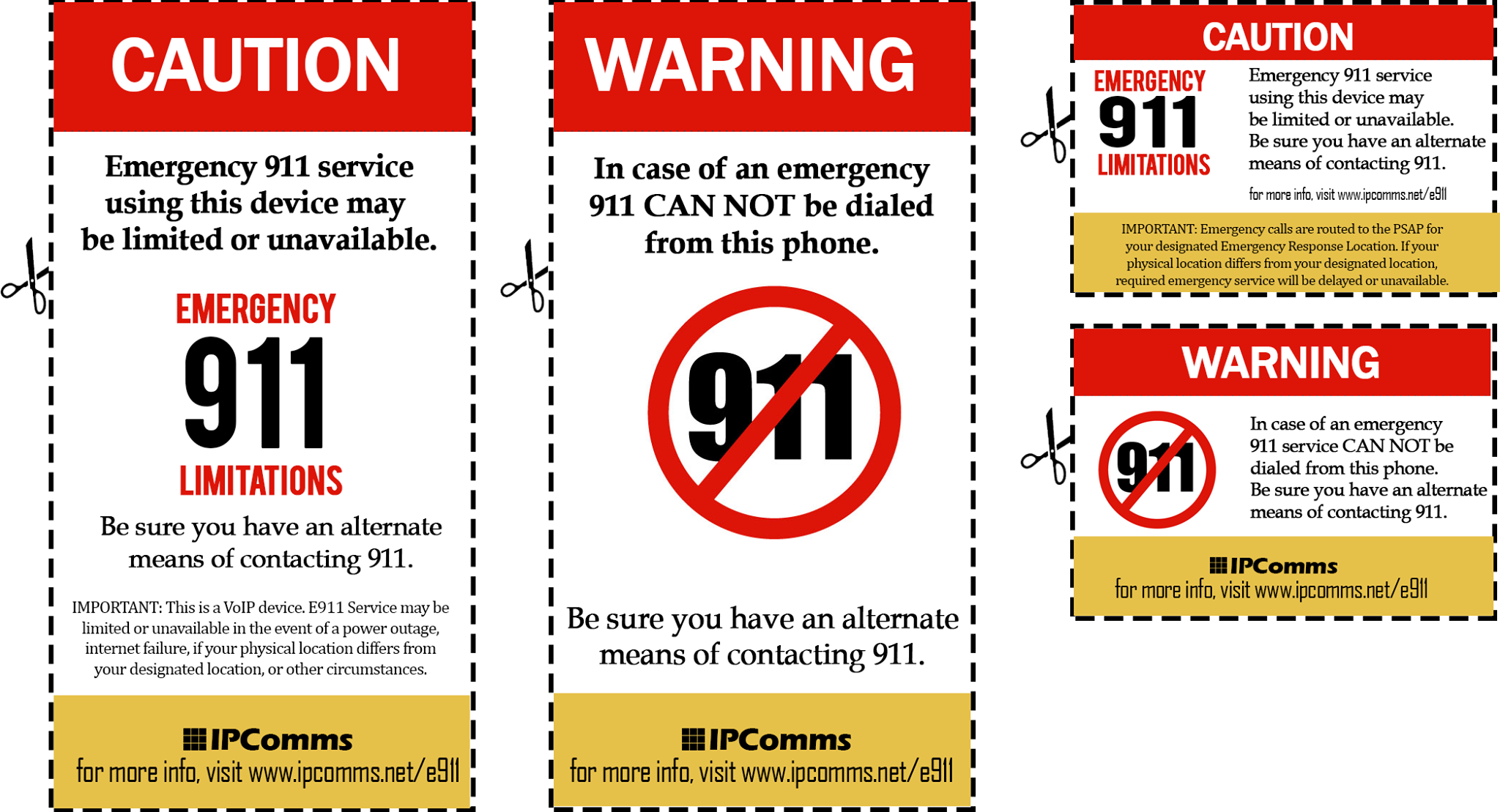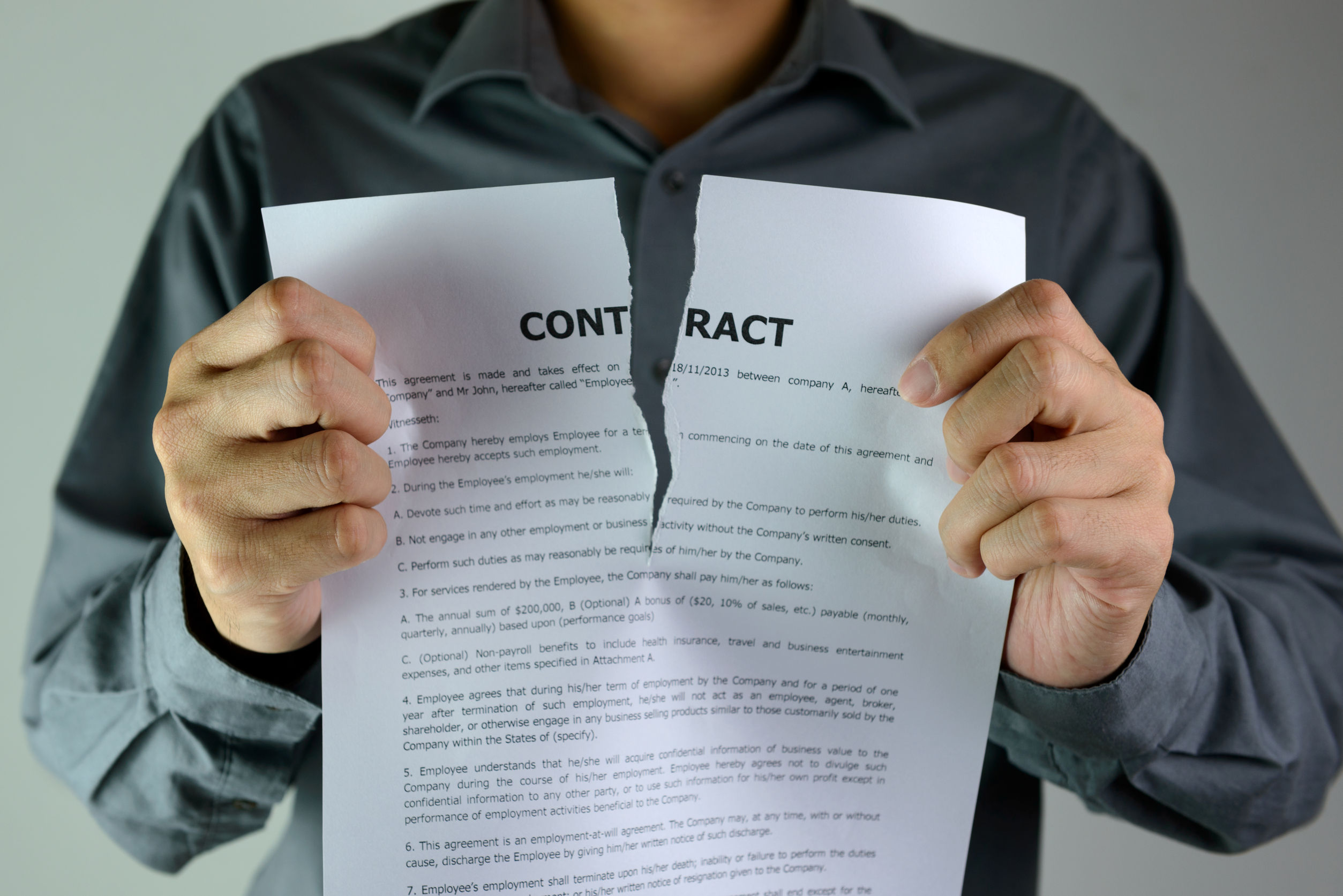5 Steps to Transfer Your Phone Number to IPComms
Sure, you and your old carrier had some good times, but you've made up your mind – the love is gone and it's time to take your numbers and move on. However, the separation doesn't have to be nasty or drawn out. What follows are five simple suggestions of things that you can do, in preparation, to ensure that you have a smooth and relatively painless separation from your ex-provider.
Here are some hints to help your transition go a lot smoother.
1. Call your new (and much better looking) service provider (Verify the number can be transferred):
The first step is simple.Before you do anything, first check to see if your phone number is portable. This will let you know if your new service provider is actually capable of moving it over to their network.
To do this, just provide your new service provider the phone number or group of phone numbers you plan to move. They'll be able to check and to verify its portability. This step alone could save you weeks.
2. Speak with the loser…oops, I mean losing provider (The port-out procedure):
As uncomfortable as it may be, call your future ex-provider and ensure that everything is in place to begin the porting process. Ensure that you don't have any outstanding orders or unpaid invoices that might get in the way or delay the process any more than necessary.Get all the information you'll need to accurately fill out the necessary paperwork.
If you have phone numbers that are assigned to multiple accounts with the losing carrier, you might have to submit multiple porting request documents – one for each account.To be sure, just check with them and ask how they want you to submit the request and be sure to ask for the correct Billing Telephone Number (BTN) for each.
3. Properly complete and sign the "separation papers" (The Letter of Authorization):
Moving phone numbers from one service provider to another is a process that has rules that are strictly enforced by "Big Brother". Understandably so, or anyone could just snatch phone numbers all willy-nilly!
Your new carrier will require that youproperly and accurately complete and return a Letter of Authorization or LOA. This letter will asks for detailed information regarding your existing account with that loser of an ex (carrier that is…). Your LOA is a vital part of beginning the Local Number Porting (LNP) process.
Be warned, this is where ninety-percent of mistakes are made.Typo's or data entry errors can stop the whole darn thing.Attention to detail is of upmost importance.So, be sure to provide the exact name, service address and billing telephone number (BTN) as it appears on your account.Be sure to include any capitalization, punctuation and/or abbreviations that may be needed.
To help your transfer go as quickly as possible, double… no, triple check your information carefully before you submit your Letter of Authorization to your new carrier. Don't make this separation any harder than it needs to be.
4. Be ready to go when the time has come. (The cut-over process):
It's finally time for this whole thing to be over.Your separation paperwork (LOA) has been successfully processed and your new provider has given you confirmation that your transfer will take place at a specific date and at a specific time. If done correctly this process up to this point has taken no more than 15 to 30 days in most cases.
When the pre-arrange date and time arrives, make sure you're ready to leave.Remember, when you leave your old provider, you are, in effect, not their problem anymore.So, the last thing you want to do is make a dramatic exit, walk out, and realize that you forgot something important.Be sure that you plan ahead.
It's also a good idea to go over both your network and hardware to be certain that they are fully prepared to receive calls from your new service provider.Things like firewalls, access lists and NAT translations and even bandwidth capacity can be very easy to forget. It's a good idea to schedule time to test your new connection and configuration with your new provider and make sure everything works well before the cut-over date.
Also keep in mind that some features and/or settings you had with your previous carrier, may not be brought over with your new provider.Features like distinctive ring, voicemail and caller ID blocking will have to be setup again if they're even available at all. Again, this is where testing can certainly come in handy.A little planning goes a long way to ensure that your transfer goes without issue.
5. Handling and understanding rejections
Even if you do your best, not every number transfer will go smoothly.Numbers can be rejected by your losing provider for any number of reasons.Typically they are not rejected for spiteful reasons, but rather to protect your account or simply in an effort to abide by government regulations (remember Big Brother is always watching!).Here are some of the common rejections you might run into:
- Authorized name/signature mismatch: This occurs when the name or signature provided on the LOA form doesn't match the name or signature on the losing carrier's account information.
- Address mismatch: Your address must match exactly.Simple items like leaving the street direction (South, North, SW, NE, etc…) or not putting the street type (Ave, Circle, Lane etc…) can be enough to trigger a rejection.
- Phone number no found: did you transpose numbers, write the wrong phone number to be transferred down?
- Pending order on account: if there is an open order for the old account, your transfer could be rejected.Be sure to cancel any pending orders or wait long enough for the order to complete then resubmitting the transfer request.
- Incorrect Billing Telephone Number (BTN): The BTN is primary phone number used in a service provider's billing system.It is used to identify your account.If numbers are dispersed across several accounts, they could have different BTNs for each. Check with the losing provider to be sure you use the correct BTN.
- Unsatisfactory Business Relations (UBR): If there are any outstanding bills or payment related issues with the losing carrier, they will reject the transfer request. You'll need to contact the losing carrier and sort out the issues.
Remember that the process of moving your phone number from your old service provider to a new one doesn't' have to be nasty.Simple planning and understanding can make your transition much easier and let you move on with your life.Communication is the key.Heck, you might still be friends once it is all over with.You never know!
Frequently asked questions about the LNP Process.




